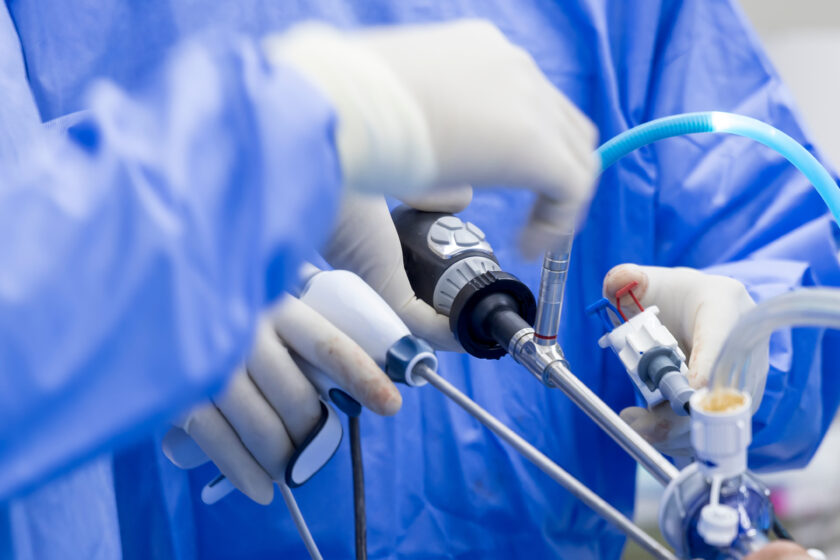Artroskopowa rekonstrukcja więzadła krzyżowego PCL
19 września 2023

W ięzadło krzyżowe tylne (PCL-ang. Posterior Cruciate Ligament) jest zlokalizowane do tyłu od więzadła krzyżowego przedniego-tak samo jak ACL łączy kość udową z piszczelową. Zapobiega ono tzw. tylnej translacji piszczeli-czyli przesuwania kości piszczelowej do tyłu w stosunku do kości udowej oraz stabilizuje staw.

